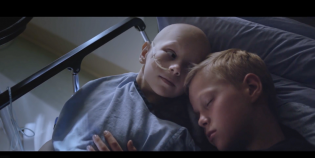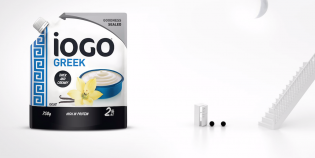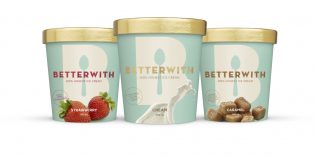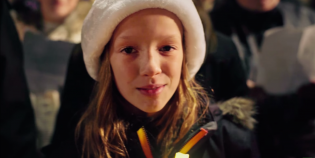When World Wildlife Fund Canada launched a new ad last week (which was subsequently pulled), the organization was aiming to promote sustainable fishing. But there was another goal at work.
WWF, long seen as the charity that saves endangered species, wants to change people’s perceptions of the organization, which also does work on sustainable fishing, climate change and oil drilling.
Speaking about its new animated spot, “We Don’t Farm Like This,” Lindsay Page, head of public mobilization for WWF, told Marketing that the ad should help people reconsider WWF Canada’s purpose and brand. WWF is “still seen as a species organization,” said Page, “so campaigns like these help the public understand our brand a little better and support that evolution.”
But do they? Page’s comments echoed statements made to Marketing back in 2006. Pamela Davis, then vice-presidnet of marketing of WWF Canada, told Marketing that when she joined the organization in 2004, people thought WWF was “all about endangered species.” To change people’s minds WWF launched its “Do Not Drill” campaign in 2005 to advocate against drilling in Arctic National Wildlife Refuge, and the following year, shifted its focus on climate change. Since then, the organization has launched numerous campaigns focused on everything from energy conservation to the Northern Gateway Pipeline.
Despite all these efforts, WWF still feels it’s facing the same perception challenges it did nearly a decade ago. So why has it been so challenging to move the needle on consumers’ perceptions about the brand?
“It might be because they’re not telling a clear enough story,” said Deborah Weinstein, president of Toronto PR firm Strategic Objectives. “Maybe they’re changing their story about who they are and what they do too frequently to let it stick.” In moving from issue to issue, “their change in focus is either being misunderstood or not heard.”
The big challenge with changing people’s perception of a brand is that you need to provoke a behaviour shift, said Weinstein. “And a behaviour shift takes a long time, or a lot longer time than a 30-second commercial. It takes engagement, education and positive reinforcement, and it needs a consistent consumer story and experience.”
Weinstein said while she’s not aware of what WWF Canada has been doing in collaboration with the sustainable fishing story, PR can play a huge role in changing people’s perception about a brand. “PR is not limited to buying media to tell its story,” she said. “PR works in collaboration with so many influencers to tell positive stories. In this case, it would be a positive change-oriented story, but there’s the opportunity to work with influencers and advocates and form partnerships with influencer organizations.” For example, WWF could activate on university campuses “where you get the most number of activists per square inch,” or work with mommy bloggers who are concerned about the future of the planet.
Wayne Roberts, principal of Blade Creative Branding in Toronto, said he’s not surprised people think of WWF as the “panda organization.” He points out that WWF has “wildlife” in its name, a panda logo and a panda URL Panda.org (which, incidentally, features a campaign for keeping oil exploration out of Virunga, Africa’s oldest national park). “They’re trying to align themselves with much bigger issues about the sustainability of the natural world, the sustainability of fish stocks, the sustainability of the planet and sort of filter it through their mission as being protectors of wildlife,” he said. “That is a tough road to hoe.”
And it doesn’t help when you admittedly misfire with the advertising. Roberts believes the idea behind the “We Don’t Farm Like” ad was flawed since it painted too wide a brush about fishing practices. It also doesn’t consider that farming actually can be harmful to the environment.
“Someone didn’t do their homework on this,” said Roberts. “This, to me, is a massive gap in strategic thinking for the sake of having a funny, cool, edgy ad that looks good on the agency, but does not look good on the client. The client ends up with egg on their face.”










